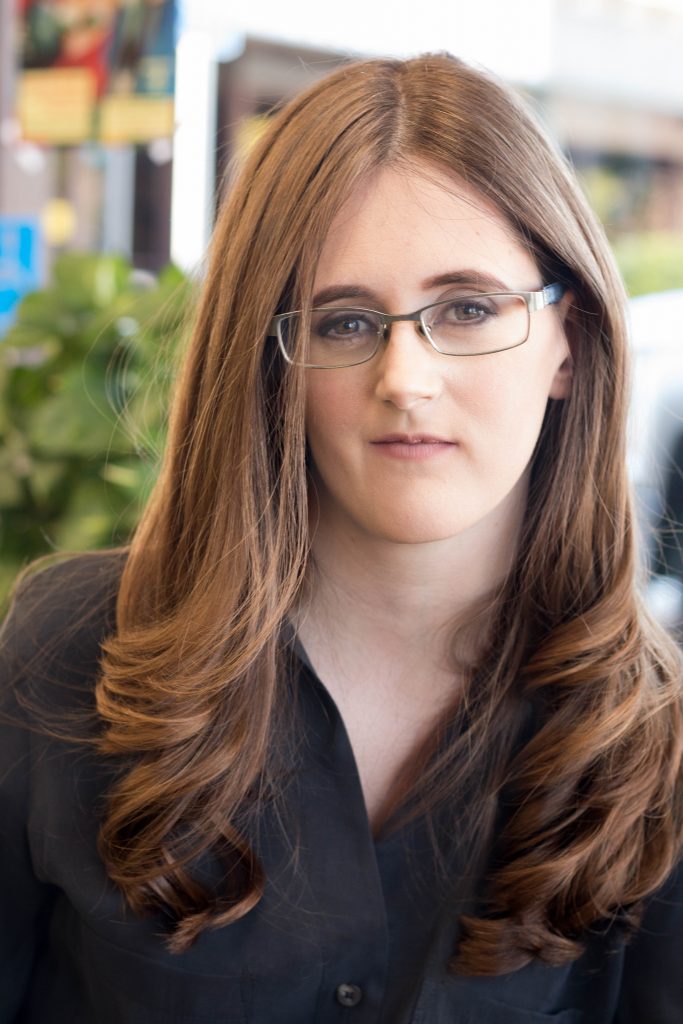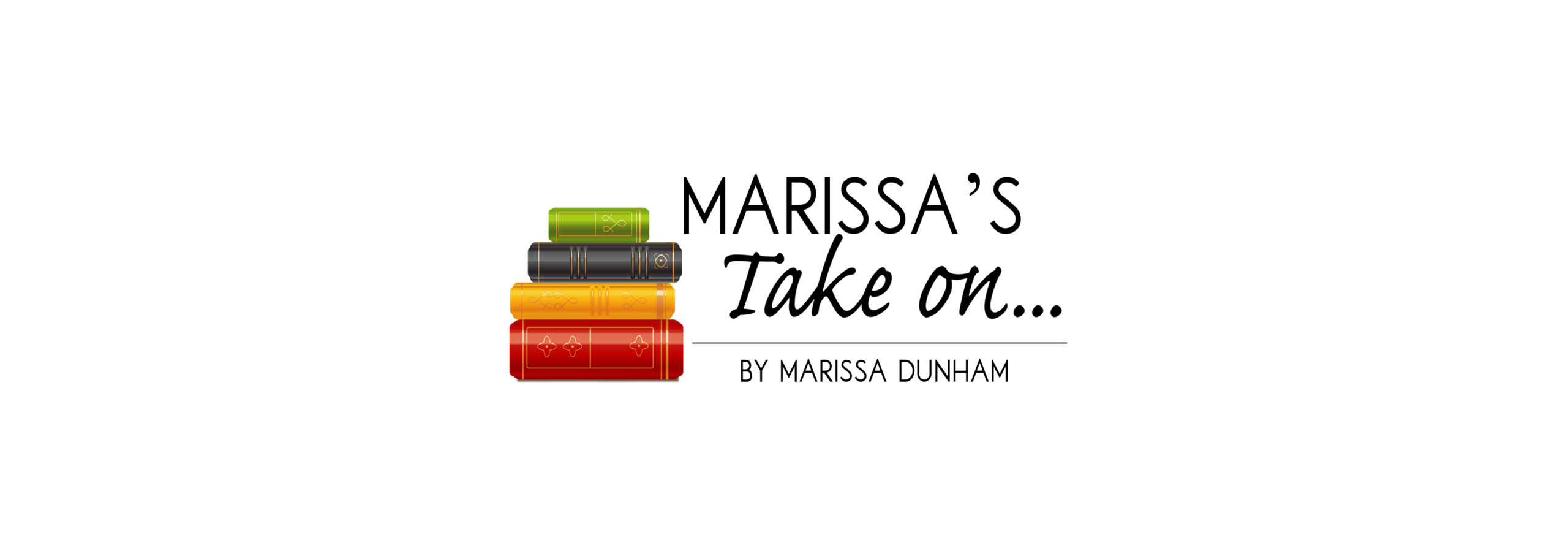By Marissa Dunham //
Psychology, philosophy, history, and language are all intermixed within the writing process. Our job as writers is to sift through what works and what doesn’t.
I’ve been in a few conversations with writers lately who have put academia to the side. The pulse of the conversation beats on this idea that academia bars the writer from true creative freedom. We think too much! Too much of the inner life on the page and narcissistic self-awareness of the writer breeds boring sentences. Yet, I’m reminded of what brought me to writing in the first place: the study of literature as a way of questioning how the world works. Ursula K. Le Guin spent the better part of her acceptance speech at the National Book Awards in 2014, near the end of her career, warning the industry against sales-driven publishing. “Right now, I think we need writers who know the difference between the production of a market commodity and the practice of an art,” she said. She was speaking on the economics of publishing, but we can also take from her speech this idea that fiction is versatile and a very large world. Proust’s In Search of Lost Time. The Alchemist by Paulo Coelho. Frankenstein by Mary Shelley. The advent of autofiction, experimental writing, flash fiction, and the rise of independent presses. There are opportunities within reading more academic-leaning writing craft books that writers of fiction shouldn’t neglect. Literature began as a search for deep truth. Let’s not forget where story can go. Story can be personal, and it can also be intellectually satisfying. These book recommendations will help you learn how and when to do both.
Have you ever been curious? Lean into it.
Here are the five!
- The Hero with a Thousand Faces by Joseph Campbell
This will be one of the few books that will appear on two lists. I have included it on the Deep Thinkers list because the book is not an easy read. The writing reads more like a textbook and is great for those who enjoy sinking their teeth into deep analysis on myth and story structure. Campbell writes a compendium of different stories that center around the hero’s journey, a classic story structure popular in Western television, movies, and books. The analysis is pointed and the explanations and variety of examples – there are after all a thousand faces to explore – are insightful. The book is a beast at 418 pages, including back matter, and is an absolutely fascinating read. Look for this title on a list for story structure later this year. - Conversations on Writing by Ursula K. Le Guin with David Naimon
An interview-style book from the prolific Ursula K. Le Guin, this craft book questions why writing matters. Le Guin covers fiction, poetry, and nonfiction. The book is 138 pages. - From Where We Dream: The Process of Writing Fiction by Robert Olen Butler
For writers whose source material is dreams, this book is a comfort. Butler provides technical strategies to harness the deep, inner workings of dreams into usable, fictional story structures. He speaks on trusting the unconscious and writing without limitation. The book is 269 pages long, including appendices. - The Art of Time in Fiction by Joan Silber
This book catalogs the various ways writers have employed time in fiction. Silber’s in-depth analysis on time includes how time interacts with point of view, pacing, and setting. The book ends at 112 pages. - The Storytelling Animal: How Stories Make Us Human by Jonathan Gottschall
This book is a favorite of mine. Gottschall takes readers on an approachable walk through the psychology of storytelling. The book balances research, light humor, and the history of psychology with the imaginative power of writing fiction. Chapters include, “The Riddle of Fiction,” “The Mind Is a Storyteller,” and “Ink People Change the World.” The book is 248 pages with photographs, illustrations, and back matter. It is an enjoyable read!
Marissa’s Take Practice Exercise: List ten objects from the space around you and write a story that contains three of those objects. Example: Kitchen scale, extension cord, melted candle, lamp, pile of clothes, Russian nesting doll, bag of peat moss, dresser, trashcan, birth control pills
Three objects: extension cord, lamp, bag of peat moss
Note: Although you may stretch your skills and stick to using your chosen objects exactly as they appear on your list, don’t be afraid to adjust the objects as you write or during the editing phase (after writing). This is an exercise on automatic writing, not criteria from a package trade publisher for a ghostwriting project or guidelines for a writing contest. For this exercise, if you find yourself writing a period piece, something like an extension cord might better suit the story if it were a rope.

MARISSA DUNHAM is a writer and freelance editor. She spent the early part of her career in educational publishing, but now spends most of her time editing literary fiction, magical realism, and middle grade fiction. She lives in Southern California, where she enjoys bringing new life into the world by planting tomatoes and flowers in the garden.

